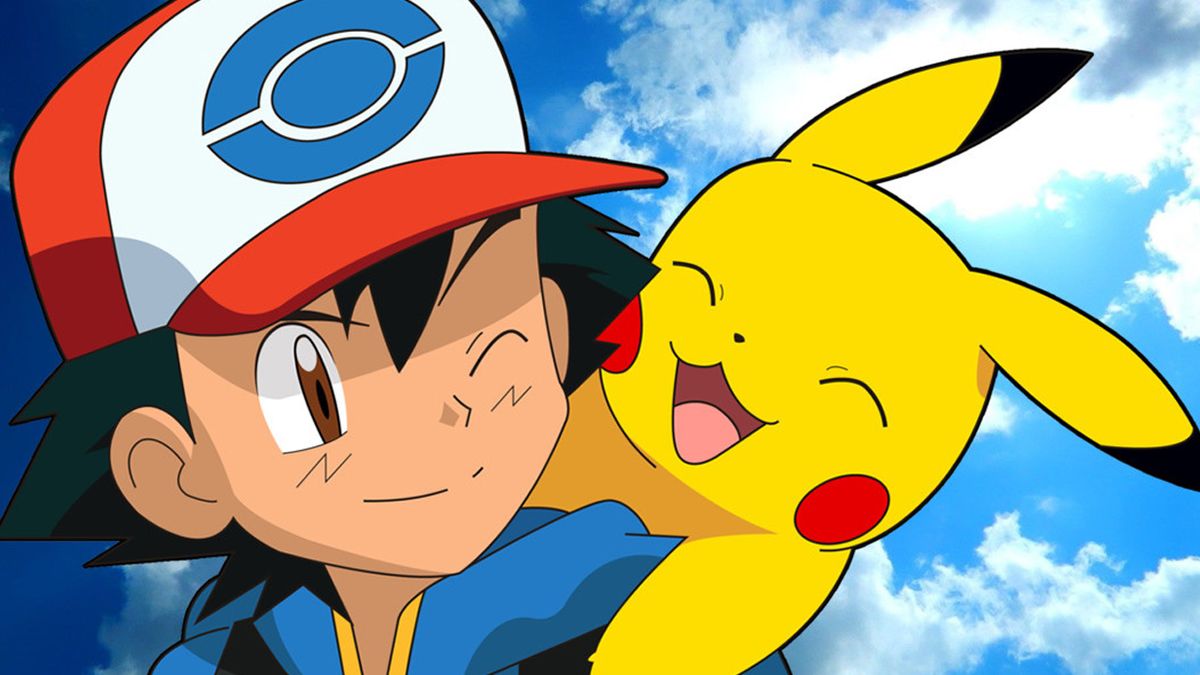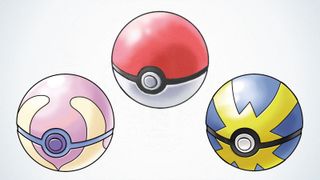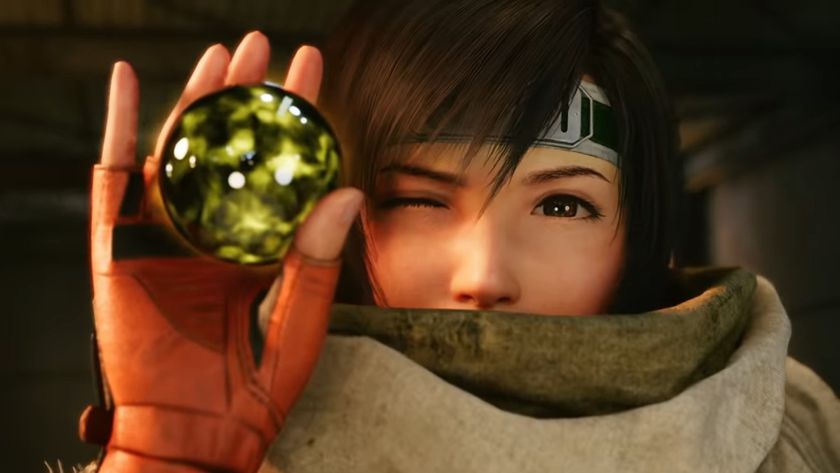Prison or penthouse? Take a closer look inside the humble Poke-Ball

The old concern is that Pokémon, the cutesy kids game that has become nothing short of a global phenomenon, has a dark heart. Yes, its bevy of monsters have doe eyes and quivering smiles, but strip away the cartoon aesthetic and the fact remains that your character is charged with wounding animals until they are sufficiently weakened to be captured in a tiny ball. Then, having trapped the critter, you send them out to fight other pocket monsters in what must be the world’s most socially acceptable contemporary take on cockfighting (Pokémon X/Y sold four million units in just two days). In this way, Game Freak is teaching postmodern generations how to hunt, trap and battle in a world where the children affluent enough to own a handheld device have little apparent need for such skills. We'll even be able to take part in Mass hunts in next year's mobile release of Pokemon Go.

It’s a selective take on Pokémon’s seemingly inexhaustible appeal and yet there’s something to it. Sure, apologists will argue that captured Pokémon fight for you willingly, and that a complicated bond of trust and cooperation is formed through the trainer/monster relationship. But you could read this another way: as a digital introduction to Stockholm Syndrome. After all, no matter how big or small they are -- and even the original Pokémon range in height from a mere 30cm (Pidgey) to 8.8m (Onix) and in weight from less than a pound (Ghastly) to nearly a ton (Snorlax) – each monster is kept in a one-size-fits-all cage: a tiny Poké Ball.
Pikachu may be Pokémon’s headline monster, but it’s the Poké Ball, a red-and-white sphere about the size of a baseball, which unclasps in the middle and sucks Pokémon into its TARDIS-like interior, that is the visual shorthand for the series. The in-game origins of the Poké Ball are linked to the Johto region, where Apricorns grow. The fruit was hollowed out and then used to catch Pokémon. These antiquated designs (still used in the game by some trainers) were modernised by the still-mysterious Silph Corporation, a company based in the Kanto region, which manufactures and markets essential tools for Pokémon trainers. But outside of the fiction, the Poké Ball has its origin in the simpler tools of childhood bug-catching.
As a child, Pokémon’s inventor Satoshi Tajiri (who lends his first name to the lead character we know as Ash in the Japanese versions of the game) was infatuated with collecting insects. In the summer holidays, he would head out from his family home on the outskirts of Tokyo to search the surrounding undergrowth in search of beetles and other insects, carefully studying each one he caught before cataloguing it in a notepad bought for him by his parents. Clearly, Tajiri wouldn’t go so far as to name, train and battle his captured beasts – even if a few did eat each other – but in whatever Perspex prison was used to house the creatures, the Poké Ball was born.

In the games, a trainer may carry up to six Pokémon with them at any one time, and a conscientious adventurer will ensure their bag is filled with spares, ready to capture any new beasts encountered in the undergrowth. The role of the Poké Ball is manifold. There is the practical: the devices keep Pokémon separate, so they won’t fight in captivity. They are also sufficiently small that they can be carried with ease. There is the aesthetic: the wonderful visual drama that accompanies hurling a Ball at an enemy and watching as a tame beast springs forth onto the battlefield. And finally, there is the psychological, a feature of the Poké Ball that appeals to the young player’s deep fears: here is a manageable trap in which life’s great monsters can be contained. In the Poké Ball, even the mightiest beast can be confined, mastered and, most comfortingly, carried about in a back pocket.
Not that all of the Pokémon come easily or willingly, and perhaps that unwillingness is crucial for giving the player a sense that they have tamed the untameable. After all, where is the glory in capturing a compliant monster? Stronger beasts will resist capture easily, bursting from the Poké Ball before it is able to clasp shut. For this reason, and the commercial reason of offering consumers a range of products of varying cost and efficiency, there is a series of Poké Balls to buy in the game, each with a USP. There’s the Ultra Ball, which doubles your chances of capturing a Pokémon; the Luxury Ball, which increases the chance that Pokémon you capture will like you; the Net Ball, which increases your chances against Bug- or Water-type creatures; and the Master Ball, which guarantees it will snare any Pokémon it’s thrown towards.
The Poké Ball is, according to one character, designed to be attractive to Pokémon: weakened creatures instinctively curl up in an attempt to heal themselves, an action that the Poké Ball’s shape encourages. But quite what these captive Pokémon experience inside the Ball, or what happens when a trainer presses the button on the clasp in order to shrink its size between that of a baseball and that of a ping-pong ball for ease of carrying, is unknown. Whatever the experience, it appears as though Pokémon come to view their new houses with some affection. Several Pokémon have the ability to leave their Poké Ball at will, and yet the series shows that all of them return. It’s this narrative note that reveals Tajiri’s true hope with his invention: that Pokémon come to view their capturers as custodians and these spheres as their homes. After all, for Tajiri, Pokémon was always a game about collecting and caring for insects.
Sign up to the 12DOVE Newsletter
Weekly digests, tales from the communities you love, and more
Read more from Edge here. Or take advantage of our subscription offers for print and digital editions.
Edge magazine was launched in 1993 with a mission to dig deep into the inner workings of the international videogame industry, quickly building a reputation for next-level analysis, features, interviews and reviews that holds fast nearly 30 years on.












